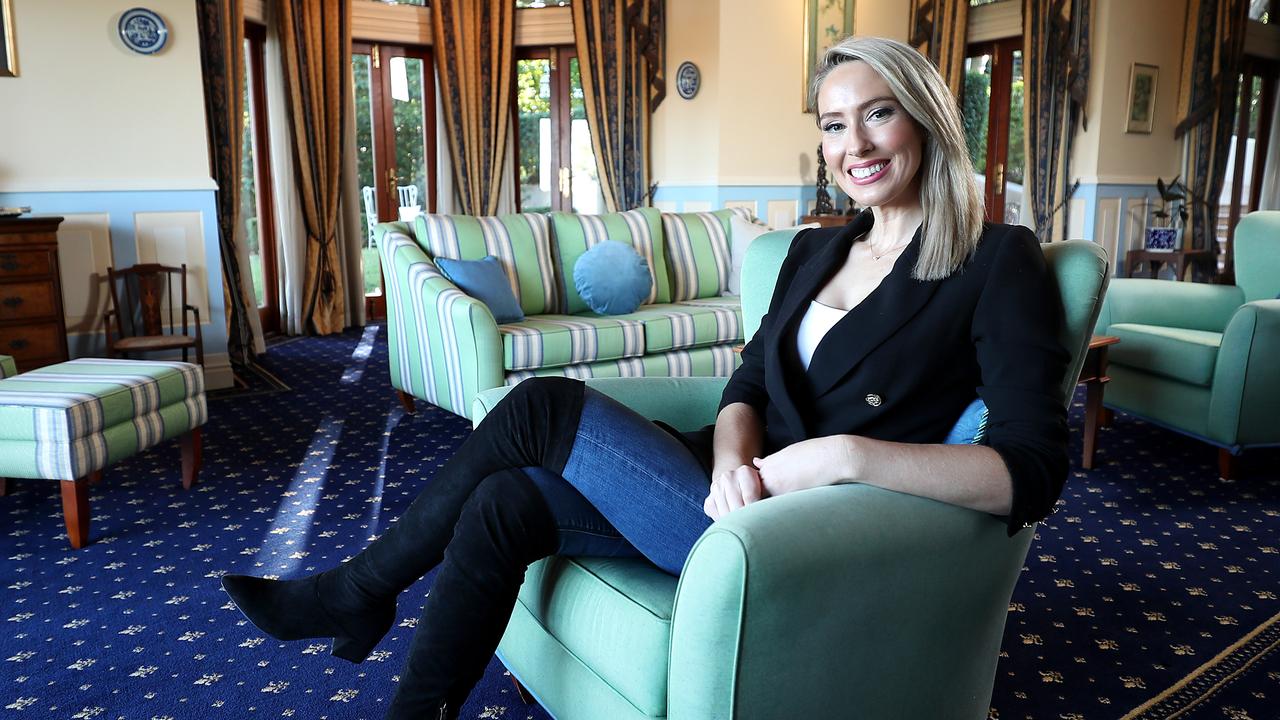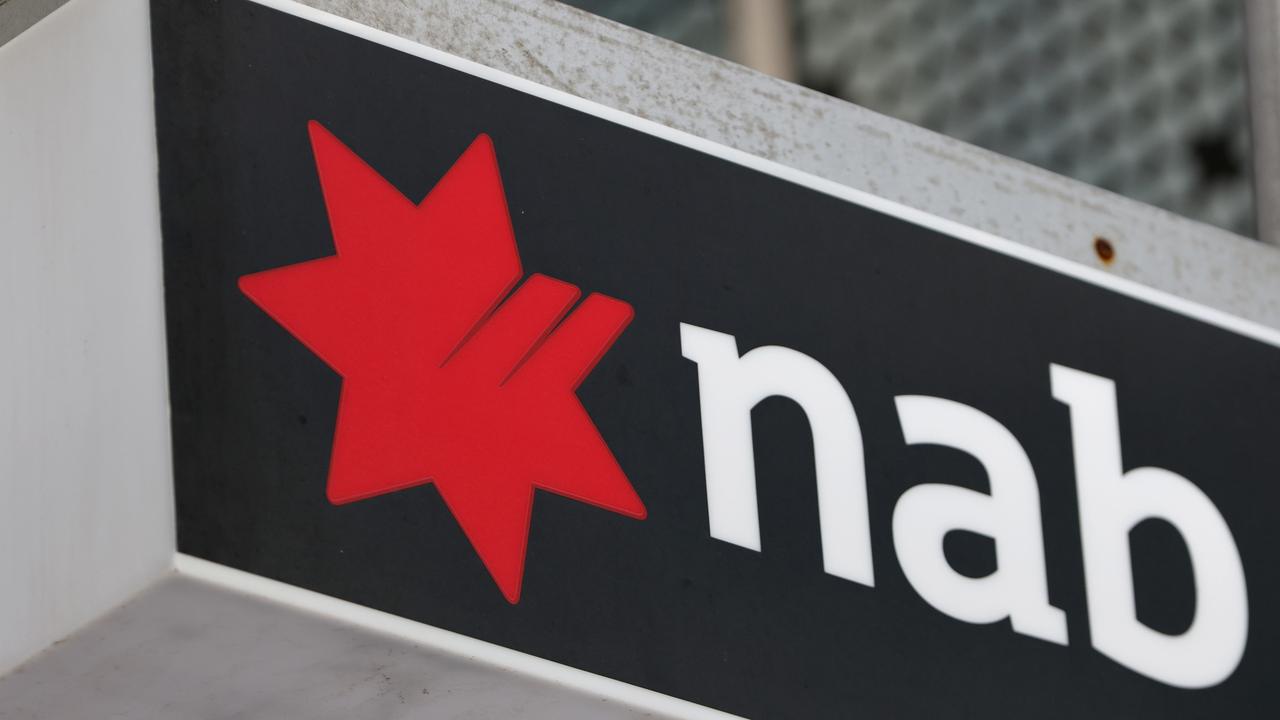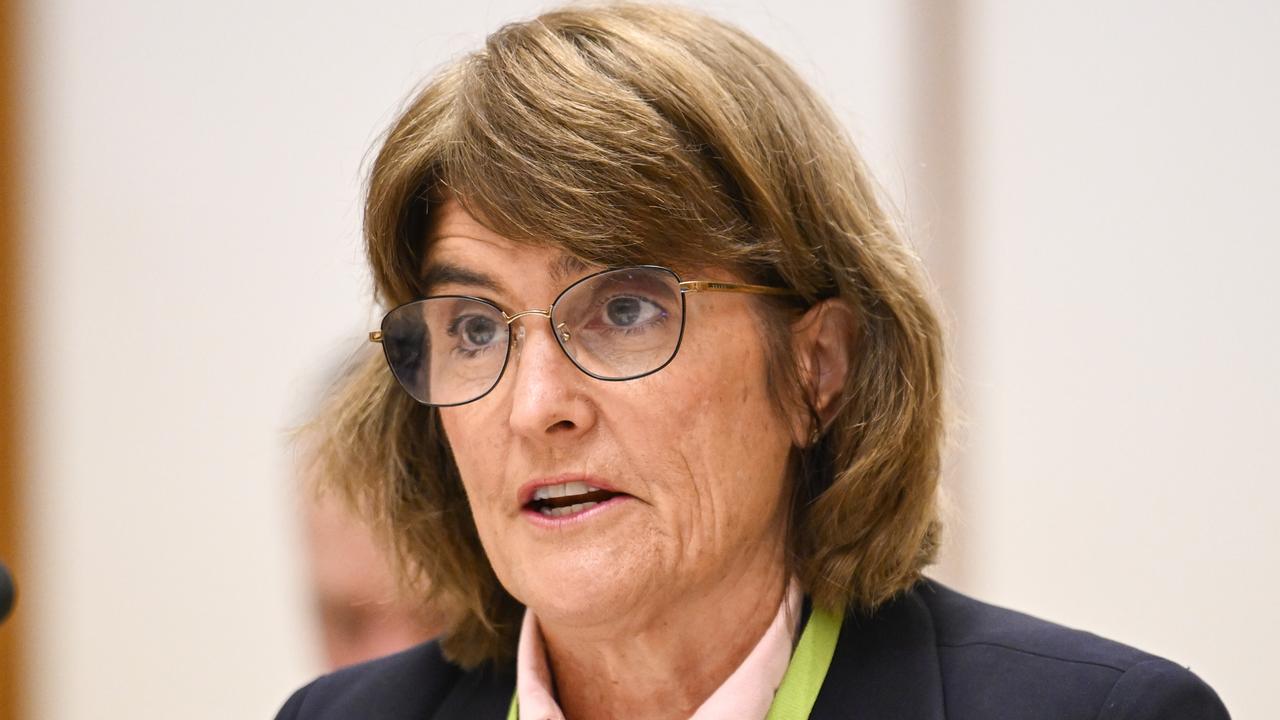Australian home loan fixed rates: Borrowers could lose money by locking in bank deals
Banks are offering ‘discounts’ that could actually cost borrowers in the long term. Here’s how to avoid falling into the trap.

A recent column by my colleague Liz Tilley revealed she had saved about $50,000 by fixing her home loan rate at 1.98 per cent for four years back in 2021.
She was one of those clever people who recognised that rates at 2 per cent or lower were highly unusual when you look at the long term average for standard variable rates (around 7 per cent since 1960).
Locking in at that rate allowed her, and many others, to sit back and pay rock bottom interest while others endured the horror of 13 rate hikes.
RELATED:How one decision saved me $50k on my mortgage
Think about the difference on a $1 million mortgage. Paying 2 per cent instead of 6 per cent, means saving $40,000 a year that would otherwise be donated to your bank manager in interest. Even on the average Aussie mortgage of about $640,000, you’re still saving more than $25,000 a year.

Of course, Liz noted in her piece that she wouldn’t be locking in a new rate now that her fixed period has ended. Doing so now, one rate cut down from the peak of the hiking cycle, would cost her money. How much depends on how low rates now go.
Some economists believe not much lower, while others suggest the RBA will have to go down a couple of percentage points to get inflation sustainably into its target band moving forward.
Another colleague of mine had a much different experience than Liz, when she locked in repayment rates at 7 per cent more than a decade ago, worried that they would rise above 8 or 9 per cent, only to then see them come tumbling down. She ended up paying her bank thousands more than she needed to.

SHAME LIST:27 banks yet to pass on rate cut
When thinking about fixed rate products, I call on the same philosophy that I use for all of my financial dealings: If the bank wants me to do it, I probably shouldn’t do it.
See, despite what they tell you in advertisements, banks are not there to help you. They are there instead to bleed as much of your money out of you as possible.
So, when you see a spate of rates on fixed loan products being discounted by banks, ask yourself why they are offering you such ‘great deals’.
It stands to reason that they want you to lock in now because they believe variable rates will continue to fall further than their fixed rate offerings.

In the week before the February rate cut, NAB announced it was cutting its short term fixed rates. Westpac soon followed suit, knocking 0.4 per cent off its one-year rate to now sit at 5.69 per cent and 0.3 per cent off its two-year offering (now down to 5.59 per cent).
Canstar data insights director Sally Tindall noted that this move gave Westpac the joint lowest one-year fixed rate offering on the market, along with Macquarie Bank, and the lowest two-year fixed rate of the big four lenders.
MORE:Surprise way rate cut could backfire
However, this was “unlikely to push many borrowers into fixing,” she said.
“CBA’s half yearly results illustrate just how unpopular fixing is. Only one per cent of new mortgages taken out with the bank in the last quarter of 2024 opted for a fixed rate, in dollar terms.
“While fixed rates can bring borrowers certainty, anyone who locks in their rate now will effectively be forfeiting their right to cash in on RBA cuts within their fixed rate term.”

Canstar crunched the numbers to see how the repayments would stack up for a borrower with a $600,000 mortgage if they locked in the lowest two year fixed rate on the market of 5.49 per cent, compared to someone with the current lowest variable rate product of 5.75 per cent.
Canstar found that if there was one more rate cut in the two years (as forecast by ANZ), the fixed rate borrower would pay $2100 more than the variable rate borrower. But if there were four more cuts (as forecast by NAB), the variable borrower would be more than $8000 better off in the two years.
Tindall had some tips for borrowers considering fixing:
-Consider waiting for fixed rates to fall further.
-When you go to fix, shop around – there is a world of difference between a competitive fixed rate and a lacklustre one.
-Be happy with the rate you lock in, no matter what the RBA does. It’s no fun kicking yourself for the next two or three years.
-Consider a split loan where a portion is fixed and a portion is variable.
-Understand the limitations of a fixed rate – there are typically caps on extra repayments, they don’t usually come with an offset account and there can be fees if you get out early.
-Finally, if you do fix, diarise the end date of your fixed term contract and start considering your options well in advance of this date.
Originally published as Australian home loan fixed rates: Borrowers could lose money by locking in bank deals




